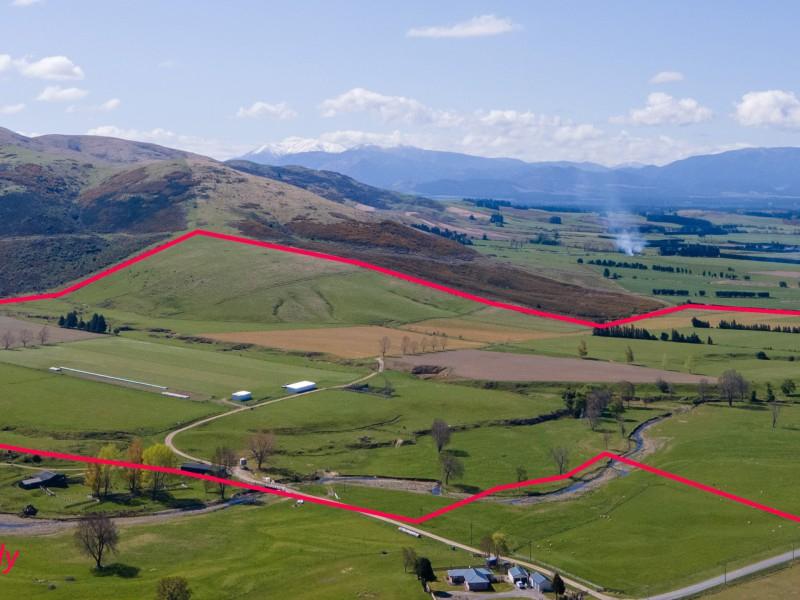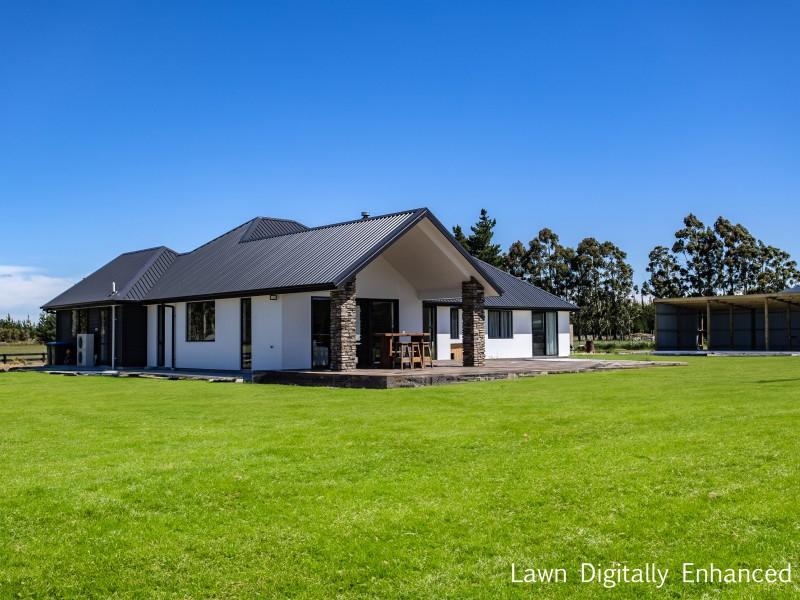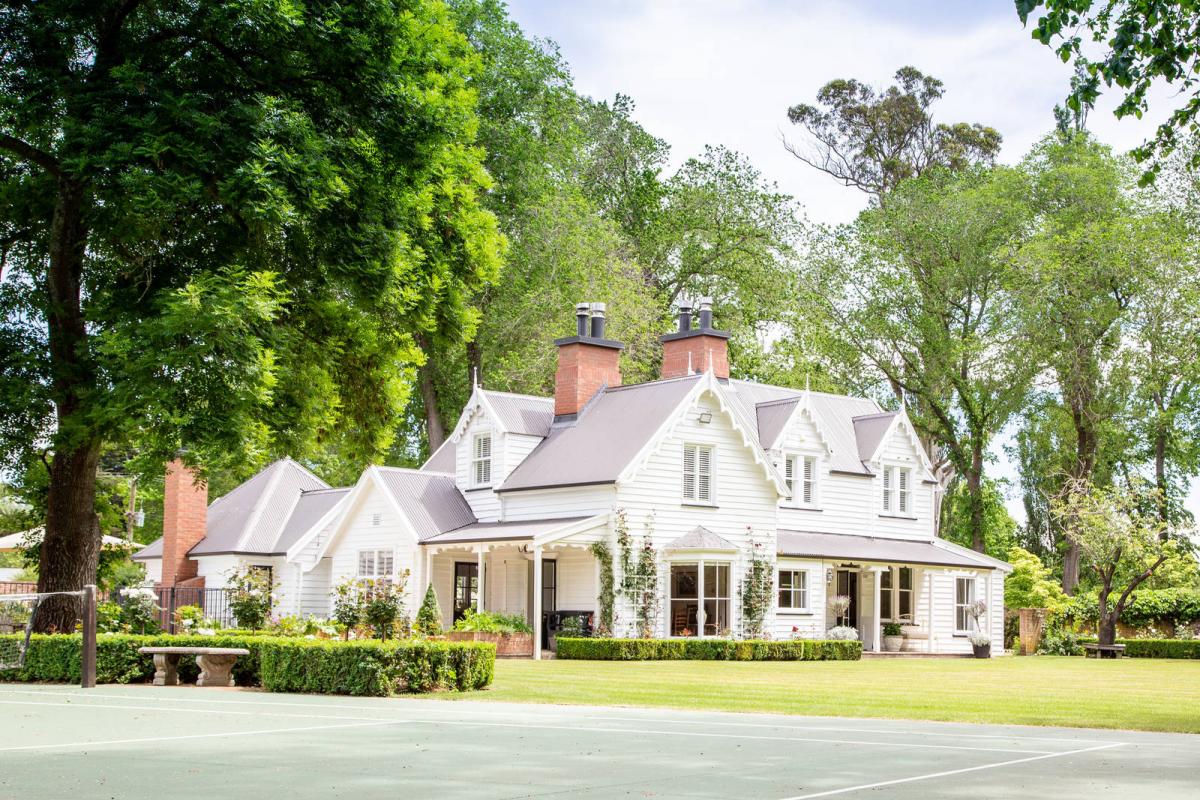From field to felt: uncovering the story of the Anzac Poppy
Every year without fail, the red blooms appear on politicians' jackets and in street appeals - but have you ever wondered where they came from?
For many younger New Zealanders, the poppy could seem to be a symbol of Anzac pride. However, it had little to do with the Anzacs at first, but was rather originally conceived for an American audience.
The symbol of the poppy itself comes from Lieutenant Colonel John McCrae's famous WW1 poem 'In Flanders fields', which begins with the opening lines: "In Flanders fields the poppies blow, between the crosses row on row".
It was these moving verses which inspired American war secretary Moina Michael to use red silk poppies as a symbol of remembrance.
After campaigning for two years to get the symbol recognised nationally, the poppy was adopted by the National American Legion as their official symbol at a conference in 1920.
Attending this conference was Frenchwoman Anna A Guérin, who saw the potential to sell poppies and put the proceeds towards caring for veterans, their families and poor children. She also had the foresight to take it beyond America to Canada, the UK, Australia and New Zealand.
After her representative Colonel Alfred Moffatt suggested the idea to the RSA in September 1921, a motion was passed and the RSA placed the first order for poppies.
Like the other countries, the RSA was planning to hold its first annual Poppy Appeal around Armistice Day (November 11): however, thanks to the French ship carrying the poppies arriving late, the decision was made to delay sales until Anzac Day, 1922.
The first Poppy Appeal was a huge success, birthing the tradition where poppies go on sale in the weeks before Anzac Day and thus tying them to the day forever.
While the poppies were originally sourced from France, the RSA began producing its own in 1931, which were made by former servicemen in Auckland and Christchurch. Production was to go offshore again in 2010: however, this proved controversial and the contract eventually returned to Christchurch for the period from 2014 to 2019.
As poppies reappear this year, take a moment to remember their long journey and how they help the very organisation caring for our soldiers.
Yet more importantly, like the generations before us moved by McCrae's poem, remember those Flanders fields and what the symbol truly stands for - to never forget.
Story by Jordan Gowan
Thanks to these local businesses:
Clarkville Stockfeeds
Duckworth Fencing
Canterbury Financial Services

Poll: Do you think NZ should ban social media for youth?
The Australian Prime Minister has expressed plans to ban social media use for children.
This would make it illegal for under 16-year-olds to have accounts on platforms including TikTok, Instagram, Facebook and X.
Social media platforms would be tasked with ensuring children have no access (under-age children and their parents wouldn’t be penalised for breaching the age limit)
.
Do you think NZ should follow suit? Vote in our poll and share your thoughts below.

-
85.5% Yes
-
13.4% No
-
1.1% Other - I'll share below
What's your favourite recipe for courgettes?
Kia ora neighbours. If you've got a family recipe for courgettes, we'd love to see it and maybe publish it in our magazine. Send your recipe to mailbox@nzgardener.co.nz, and if we use it in the mag, you will receive a free copy of our January 2025 issue.

Heritage gem or dangerous burden? Bowling club’s dilemma with historic pavilion
By David Hill, Local Democracy Reporter
A Rangiora sports club is frustrated with the increasing maintenance and insurance costs of its 113-year-old pavilion, which can't be demolished due to its historic importance.
The Rangiora Bowling Club approached the Waimakariri District Council last year for help, but was yet to find a satisfactory solution for the pavilion.
It is registered with Heritage New Zealand and listed in the Waimakariri District Plan, leaving the club with few options.
The club’s ex-president Norman Hewett said the pavilion on Good St, north of the town centre, is unsafe and no longer fit for purpose.
Hewett said the council has been supportive and Heritage New Zealand has offered advice, but no funding.
‘‘Everybody thinks the building is worth preserving, but there is a cost and it shouldn’t be put on the bowling club.
‘‘As far as we are concerned it is not fit for purpose and we want to know how we can get round that.
‘‘We want to know what the community thinks and if they want to retain it, are they willing to pay for it?’’
The club has formed a sub-committee to explore what options are available.
Sub-committee member Rodger Wilton said the club has been unable to find any record that the club had a say when the building was given heritage status.
Built in 1911, the pavilion served the Rangiora Bowling, Tennis and Croquet Club, which originally shared the site.
It cost 945 pounds and was opened on October 28, 1911.
The three clubs purchased 1.25 acres on the corner of Blackett and Good streets in April 1905, but later parted company, with tennis and croquet moving to new sites.
While no quotes have been sought, Hewett believed it would cost more than $1 million to bring the pavilion up to code.
Ideally the club would like to demolish the pavilion so it can upgrade its main building and remain on site.
The stairwell was non-compliant and there was no wheelchair access, meaning the club was unable to use the upstairs facilities.
There are loose tiles on the roof which need replacing.
An attached building behind the pavilion is sufficient to meet the needs of the 140 members and for hosting the largest bowls tournament in North Canterbury, Hewett said.
He said the club is open to all options, including a land swap or selling to a developer with the expertise to restore the pavilion.
Waimakariri District Council community and recreation manager Chris Brown said the council is working through various opportunities with the bowling club as part of a feasibility study.
‘‘There are a lot of options to consider. Each have various financial, social and operational implications.’’
Heritage New Zealand Pouhere Taonga said it had ‘‘expressed support for the adaptive reuse of the building and supported the club’s intention to investigate options for the pavilion and the associated land parcel’’.
The Rangiora Bowling Club is keen to hear the views of the community. Email rangiorabowling@gmail.com.
■ LDR is local body journalism co-funded by RNZ and NZ On Air.
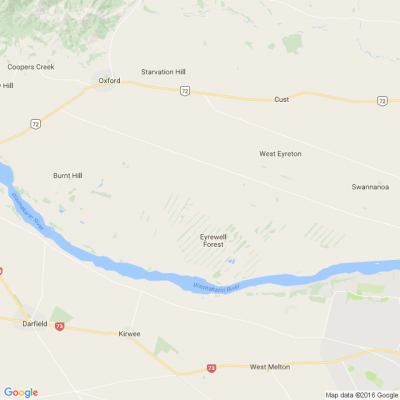
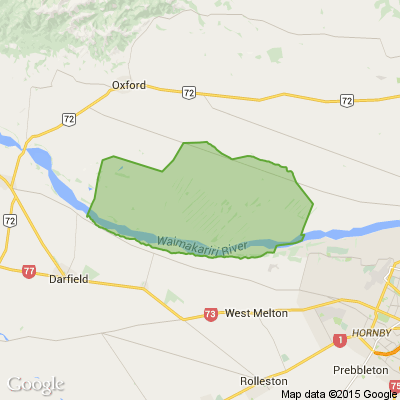







 Loading…
Loading…





